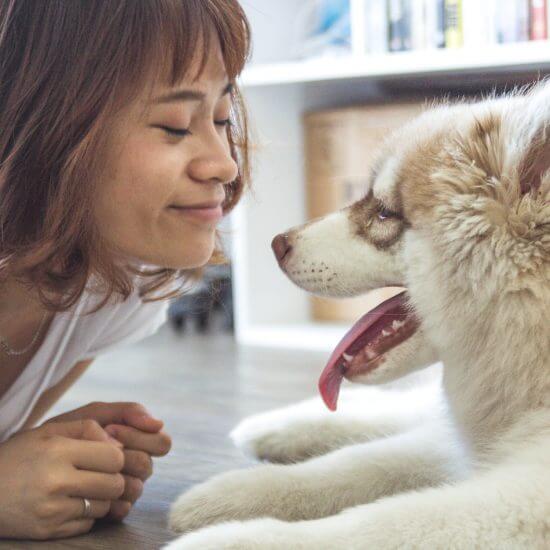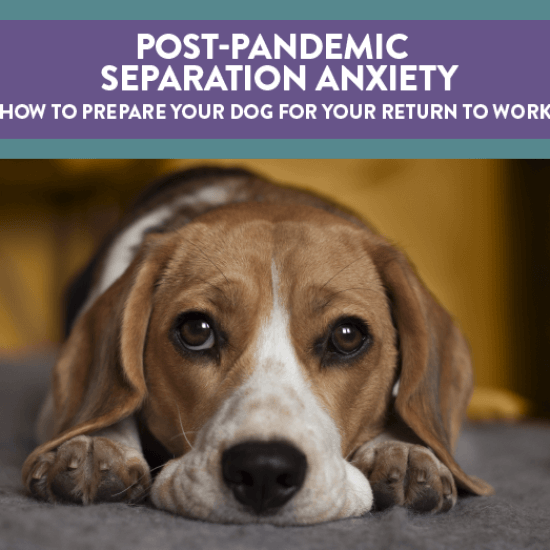Bringing your cat to the vet can feel like an epic mission—one filled with frantic hiding, desperate carrier escapes, and that unmistakable I am not amused glare. But it doesn’t have to be that way! With the right preparation and a cat-friendly veterinary practice, your feline’s visit can be calm, comfortable, and even positive.
Why Choose a Cat-Friendly Practice?
At Duvall Veterinary Hospital, we specialize in feline care and have designed every aspect of our practice with cats in mind:
- Dedicated Cat-Only Spaces – No barking dogs, ever. Our cat-exclusive exam rooms and waiting areas ensure a peaceful visit.
- Stress-Free Environment – We use feline pheromones, cozy hideaways, and climbing walls to help your cat feel at ease.
- Toys & Windows for Exploration – Our rooms are designed to engage and relax your cat while they wait.
- Trained & Certified Staff – Our entire team is in the process of earning Cat Friendly Professional certification, ensuring expert feline-focused care.
Now that you know your cat is in good hands, let’s talk about how you can prepare for the visit at home!
Preparing Your Cat for a Vet Visit
Step 1: Carrier Comfort
The carrier should feel like a safe space, not a trap! Help your cat associate it with positive experiences by:
✔️ Bringing the carrier into a familiar room a few days before the appointment.
✔️ Placing soft bedding, catnip, or favorite toys inside.
✔️ Ensuring the carrier is clean—no lingering odors, hairballs, or old messes.
✔️ Using pheromone sprays or wipes inside the carrier and on bedding to create a calming environment.
✔️ Covering the carrier with a towel before heading to the clinic to reduce visual stress.
✔️ Considering a more comfortable, unconventional carrier, like a mobile pet bed or one with wheels.
Step 2: Travel Training
Not all cats are car ride enthusiasts, but you can make the trip smoother by:
🚗 Taking short practice car rides before the actual vet visit to get your cat familiar with the motion.
🍽️ Feeding a light meal before the visit to minimize nausea and increase the chances of them accepting treats at the clinic.
🤲 Getting your cat used to being handled by gently petting them from head to tail and practicing mild restraint.
Step 3: Stress-Free Arrival
Once you arrive at our cat-friendly clinic, we’ll do everything possible to make your cat feel safe and secure.
🏠 Keep the carrier closed until you’re in the exam room—let your cat decide when they’re ready to explore.
🩺 Our team will use low-stress handling techniques and plenty of treats to make the experience as positive as possible.
💙 If your cat is particularly anxious, talk to us about pre-visit calming options or medications.
A Better Vet Visit Starts Here
A little preparation at home + a cat-friendly veterinary practice = a happier, healthier kitty!
At Duvall Vet, we’re dedicated to making vet visits easier for you and your cat. Book an appointment today and experience the difference!







